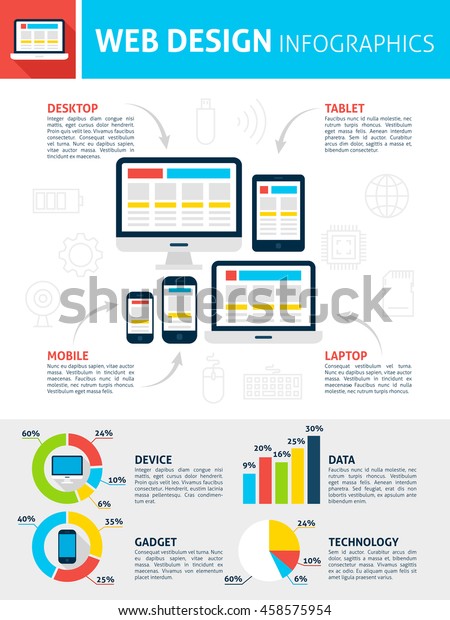Web Site Design Basics: Tips For Building A User-Friendly Site
Web Site Design Basics: Tips For Building A User-Friendly Site
Blog Article
seo and organic search Composed By-McKnight Thorpe
When it comes to site design, ensuring user-friendliness is key. From responsive style to streamlined navigating, every component plays an essential role in creating a site that satisfies your target market's needs. However what regarding the finer details that can make or break a user's browsing experience? Stay tuned as we reveal some often-overlooked pointers that can elevate your web site's usability to the following level, making it truly attract attention in the digital landscape.
Relevance of Responsive Style
Receptive style is a vital element of modern-day web site growth. Ensuring your internet site is receptive means that it can adjust to various display sizes and tools, providing a seamless experience for customers.
With the increasing use of mobile phones and tablet computers to access the internet, having a responsive style is important for getting to a bigger audience. It assists in enhancing individual experience by making your web site simple to navigate and read on any type of device.
Furthermore, receptive layout can positively impact your internet search engine positions, as online search engine like Google focus on mobile-friendly sites. By having a receptive layout, you're also future-proofing your site, as new gadgets with varying screen sizes continue to emerge.
Simplify Navigating Structure
To enhance customer experience and facilitate very easy accessibility to details on your site, enhancing the navigation framework is critical. When creating your site, concentrate on creating a clear and instinctive navigating menu that aids visitors find what they're seeking swiftly.
Limitation the number of menu things to the essentials, organizing associated pages with each other to prevent overwhelming customers. Usage detailed labels that clearly show the web content of each page, making it simpler for individuals to comprehend where each web link will certainly take them.
Think about implementing dropdown menus for subcategories to prevent cluttering the primary navigation bar. Additionally, include a search bar prominently on the web page for users who favor searching for certain details.
Focus on mobile responsiveness in your navigation design to ensure very easy gain access to on all tools.
Maximize Page Tons Rate
Improving page load speed is important for keeping site visitors on your site. Slow-loading web pages irritate individuals and can result in high bounce prices. To enhance web page tons speed, beginning by optimizing images. Press photos without compromising top quality to minimize their documents sizes.
Additionally, enable web browser caching to save regularly accessed sources in your area, accelerating tons times for returning visitors. Minify CSS, JavaScript, and HTML data by getting rid of unnecessary personalities, comments, and formatting, enhancing load rate.
Consider using visit the up coming internet site (CDN) to distribute your site's content across several servers worldwide, lowering latency for individuals accessing your site from different places. Finally, limit using third-party scripts and plugins, as they can considerably influence load times.
Verdict
In conclusion, by including receptive design, simplifying navigation, and optimizing page load speed, you can produce an easy to use web site that interest a wider audience and improves user experience. visit the following web site ensure that visitors can quickly access and browse your website throughout different devices, leading to increased interaction and fulfillment. By concentrating on these crucial facets, you can build a successful site that keeps individuals coming back for more.
